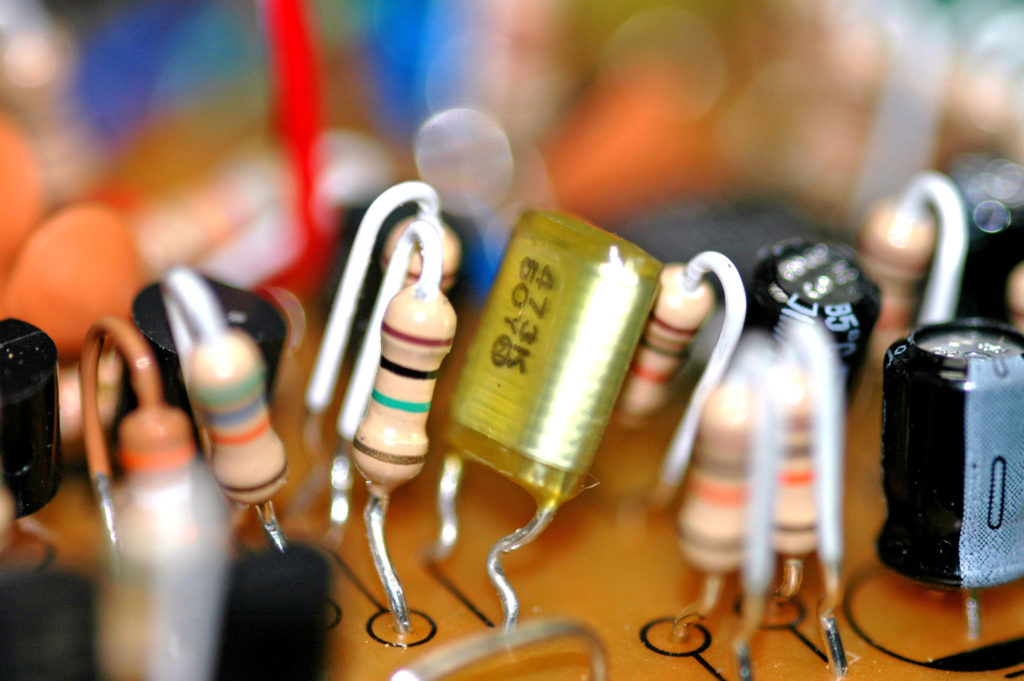 The Indian government is currently developing policies that support an electronic components production hub in the country. The intention is to develop a supply chain that encourages electronic exports.
The Indian government is currently developing policies that support an electronic components production hub in the country. The intention is to develop a supply chain that encourages electronic exports.
“We are currently moving forward with policies for subassembly production… and component manufacturing in India,” said Ajay Prakash Sawhney, secretary at the Ministry of Electronics and IT (MeiTY), who recently spoke at a Digital Governance Tech Summit.
These assemblies include the printed circuit board (PCB or motherboard) sector, which is expected to grow substantially in the country. This is good news for the manufacturing of cell phones and other electronic devices. Smartphones are in strong demand and this industry is already experiencing a resurgence of manufacturing facilities in India.
“From around six million mobile phones that were being assembled in 2014-15, we ended the last financial year with an assembly of 29 million mobile phones in the country,” Sawhney shared. “Our entire consumption for the country is about 33-34 crores per year.” He added that the government is working to support a local supply chain.
Despite heavy dependence on imports, India's domestic electronics division has recently seen rapid growth. Advances in technology such as 4G/LTE (long-term evaluation), 5G and the Internet of Things (IoT) have created strong interest and demand for electronic products in the country. The Electronics and Home Appliances business in India is predicted to become the fifth largest in the world by 2025.
Government initiatives
To support continued growth and development, the government is determined to improve India's “Ease of Doing Business” ranking, which is based on the average of each country's economic and business scores. For example, programs such as Make in India and Digital India have supported and promoted domestic production, encouraging local and international companies to invest and establish production facilities in India.
India also introduced the Phased Manufacturing Program (PMP), which experts say has supported the local industry's transition from a simple phone assembly market to one that now manufactures PCBs.
Furthermore, the National Electronics Policy 2019 (NPE 2019) recently replaced the 2012 policy book, setting out several initiatives and measures for the development of the Electronic Systems Design and Manufacturing (ESDM) sector. It is expected to establish new regulatory standards and implement necessary changes for a more conducive business environment. This includes promoting job creation and vocational education in manufacturing areas to ensure that India can adequately support the ESDM sector.
NPE 2019 is expected to encourage production and trade within the ESDM value chain to manage economic advancement and a $400 billion output by 2025. The policy is needed to generate employment for 10 million people until 2025. The administration proposes to improve the situation. national mobile production to one billion units by 2025, estimated at 190 billion dollars (about 13 billion INR). NPE also strives to increase exports to 60 percent of national production (around 600 million pieces worth $110 billion or INR 7 billion) by 2025.
The NPE Policy 2019 predicts that the demand for electronics in India will grow significantly in the coming years. However, to successfully generate foreign exchange in the country due to the import of microelectronics, it is essential to promote the domestic production of ESDM – and there is a strong demand for it.
Here are some examples of the recent demand for electronics in India.
- The production of LCD/LED TVs, cell phones and LED products in the country has increased substantially in recent years. In 2014, India had few mobile device manufacturing units. At the end of 2017, the number of units reached 123, with foreign affiliates also entering the market. The demand for information and broadband services (including mobile phones) has produced enormous growth in this industry, which is expected to continue and increase. Mobile phone production for fiscal 2018 was estimated at US$20.4 billion (INR 1,320 billion).
- Consumer electronics products that include home appliances – such as smart refrigerators, microwaves, washing machines and air conditioners – were estimated to be worth US$11.3 billion (INR 735.2 billion) in fiscal 2018. This demand is related to the increasing affordability of these devices, including improved efficiency and performance. .
- The production of industrial electronics such as supervisory control, UPS and programmable logic controller (PLC) and data acquisition (SCADA) systems exceeded US$10.7 billion (INR 690 billion) in 2018. This is due to the growing share in automotive and engineering sector. electricity with regard to automation and robotics.
- The configuration of electronic components (including capacitors, resistors, semiconductors, cathode ray tubes, picture tubes and X-ray tubes) provided US$9 billion (INR 583.5 billion) in 2018 – thanks to growth in end-user industries , such as solar energy, automotive electronics, IT products, electronic healthcare tools, LED, telecommunications and consumer electronics.
- “Strategic” electronics, such as satellite-based communications, research and surveillance systems, underwater electronic operations, sonars and infrared identification systems, grew to 3.6 billion dollars (235.6 billion INR) in 2018 Cyber security, IT surveillance systems, and digital security systems are the main drivers of this segment. There was also a government project dedicated to replacing old and obsolete defense hardware in exchange for digital electronics.
India's goal is to establish a manufacturing hub, with a valuable export supply chain, that will enhance the production of strategic electronics and job creation in the country.

